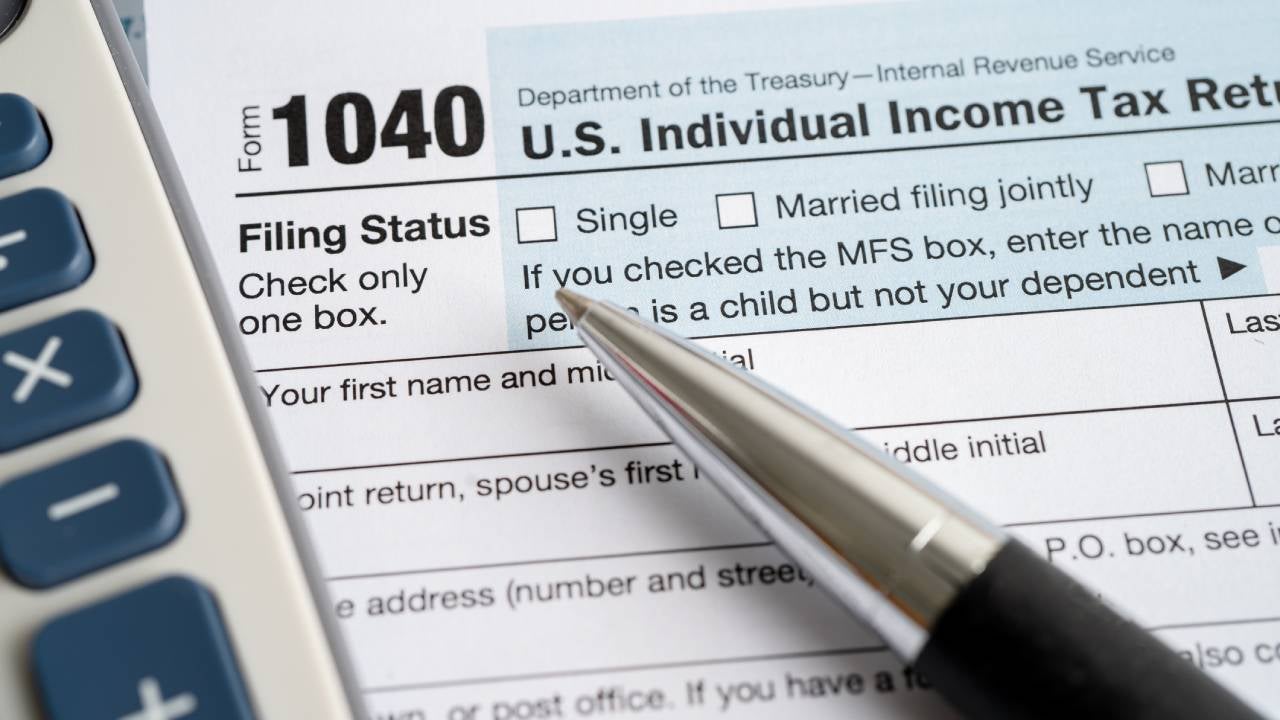Sin tax: What it is, how it works and examples

A sin tax is levied on products or services that are considered harmful, such as tobacco, alcohol, drugs and gambling. Sin taxes are imposed at both the federal and state level as excise taxes.
These taxes may be applied at the point of sale, or they can be levied on manufacturers, wholesales or retailers who then generally pass along the cost to consumers.
The legalization of marijuana in many states in recent years is a clear example of how state governments can use selective sin taxes to generate new revenue streams. Washington, for example, levies a 37 percent tax on retail sales of marijuana. By imposing steep taxes on marijuana purchases, states can use this money to fund public services.
Sin tax advocates believe that these additional charges discourage people from partaking in harmful activities. However, critics say these taxes tend to be regressive — meaning lower-income individuals are disproportionately burdened by these taxes — and that they encourage people to buy these products through an unregulated black market.
Here’s how sin taxes work, examples of sin taxes and the differences between state and federal sin taxes.
How does a sin tax work?
Sin taxes are usually imposed on a broad range of goods and services that are considered dangerous to individuals or society. In the U.S., sin taxes may be imposed on producers, wholesalers and retailers, from the initial stages of production all the way to the point of sale. Alcohol, for example, is subject to a federal excise tax that’s imposed on manufacturers or importers. But customers in most states also pay an additional tax on purchases of alcohol at checkout.
Sin taxes are designed to increase the price of goods and services in an effort to lower demand and generate income. These taxes are a form of Pigovian tax, which is essentially a tax levied to pay for the damage caused to society for detrimental goods and services.
Unlike sales taxes, sin taxes are excise taxes, which only apply to specific services or goods. Sales taxes, on the other hand, apply to all transactions with limited exceptions. Sales taxes are incurred only at the point of sale, while excise taxes may also be incurred at different points of a product’s journey from production to sale.
The goal of a sin tax is to raise the product or service’s price to discourage the activity that creates a harmful impact on society and the individual, while generating extra revenue. Depending on the specific tax, sin taxes can be imposed on the consumer, retailer or manufacturer.
The revenue generated by sin taxes is used by state and federal governments to support different projects that further social and economic goals. For example, U.S. cities and counties may spend the funds from sin taxes to develop new infrastructure or to fund various social service programs.
The concept of a sin tax was introduced by Adam Smith, author of “The Wealth of Nations,” in 1776. Smith believed that cigarettes, sugar and rum should be taxed, as these goods are not essential products for life but are widely consumed. None other than Alexander Hamilton proposed the first excise tax on whiskey in 1790. During the Civil War, the federal government first implemented a sin tax on tobacco products.
Examples of sin tax
Sin taxes are rarely described as such. Rather, governments impose these additional taxes on any product or service that is deemed harmful to individuals and society. Examples of products subject to sin taxes include:
- Alcohol
- Cigarettes and tobacco, including e-cigarettes and vaping products
- Marijuana and other recreational drugs
- Candies or other sugary foods
- Sugary drinks such as soda
- Fast food
- Pornography
- Gambling and lotteries
- Tanning salons
- Gasoline
- Plastic bags
While taxes on the above items are intended to discourage consumption, there are other items that aren’t necessarily considered “sins” but are subject to additional excise taxes:
- Heavy trucks
- Highway tractors
- Tires
- Boat motors
- Firearms
- Fishing gear
- Foreign insurance
- Jet fuel
- Tickets for air travel
- Tickets for cruises
Both federal and state excise taxes may apply to the above list of products and services. Governments often use excise taxes to help cover the costs related to the taxed item. For example, the tax revenue from gasoline sales may be used to help pay for new construction on a road or highway.
Federal sin taxes
A federal sin tax is an excise tax on gambling winnings, alcohol, cigarettes and more. For example, federal excise taxes on tobacco totaled more than $10 billion, and excise taxes on spirits, wine and beer brought in more than $11 billion, according to IRS data for 2023, the most recent available.
Sin tax revenue is usually transferred to the general fund or allocated to trust funds for specific purposes. Excise taxes for trust funds usually finance transportation and environmental and health-related spending.
State sin taxes
States also have the power to impose sin taxes. Each state has its own rules and percentages for sin taxes, which is evidenced by how states have approached sin taxes on marijuana since states began legalizing it in 2014. For example, the sin tax on retail sales of marijuana in Washington state is 37 percent, compared with 10 percent in Michigan.
States use the revenue from sin taxes to apply toward achieving social and economic goals. A few of the ways in which states may use their sin tax dollars is through funding gambling and drug-related rehab facilities, building infrastructure and improving education.









